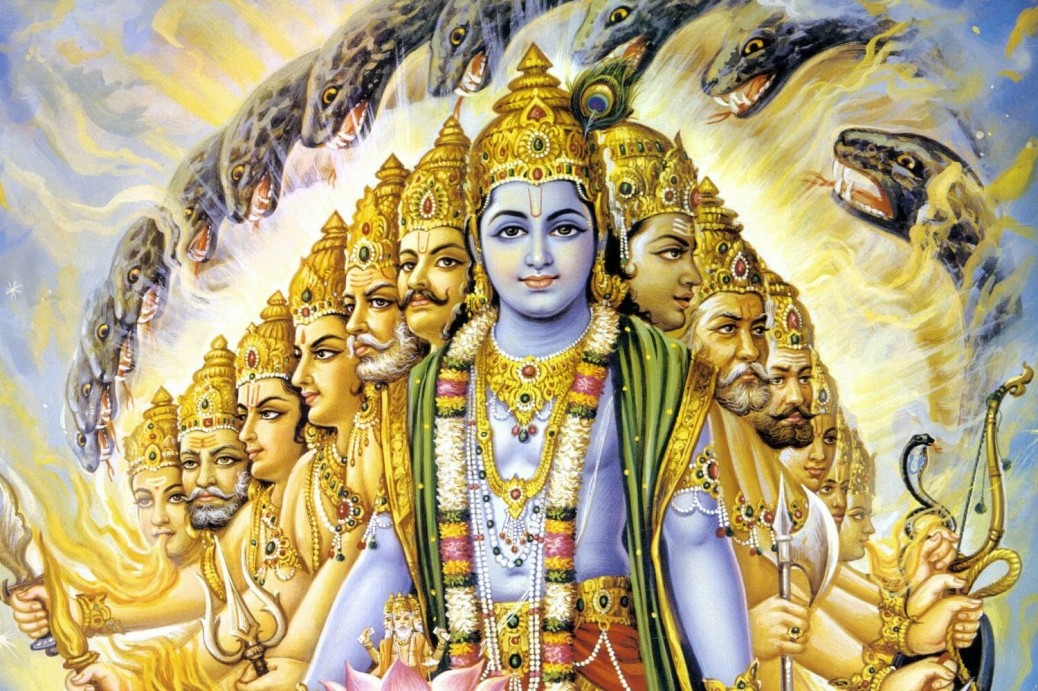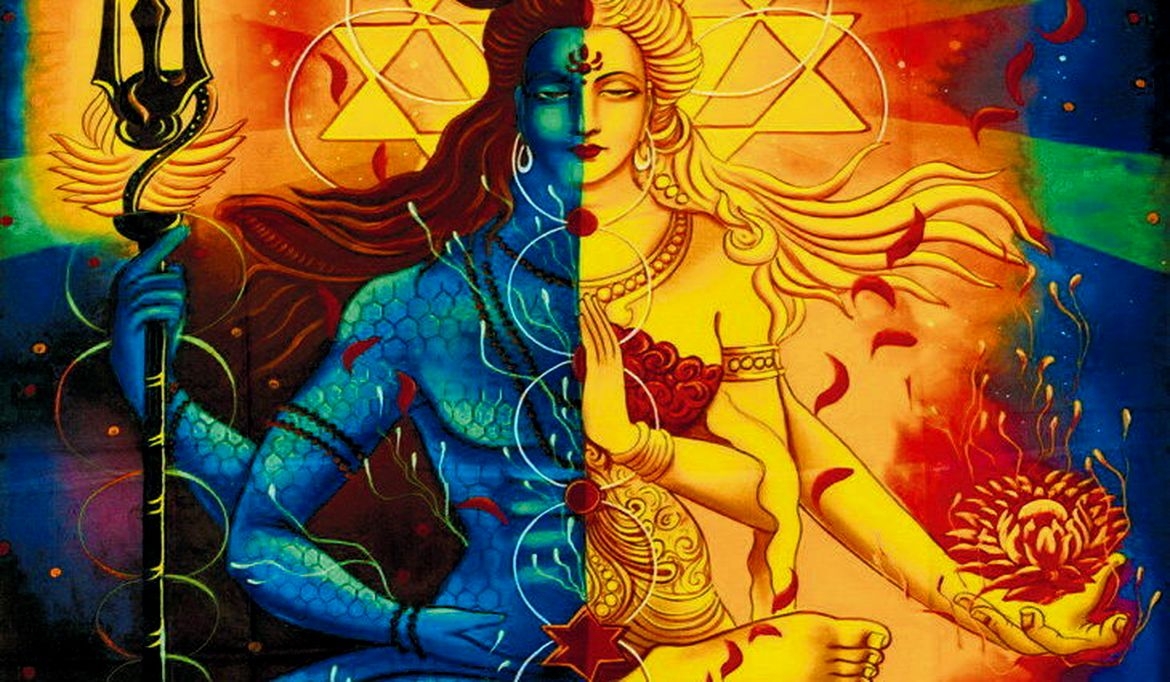Right Sequence – In Gita Verse 18.15 Whatever right or wrong action a man performs by body, mind or speech is caused by these five factors.
Bhagavad Gita Verse 18.15 emphasises that all actions performed by an individual, whether right or wrong, through body, mind, or speech, are influenced by five factors. According to this verse, Krishna explains that these five factors are given to everyone, but the way they are utilised determines the outcome. When body, mind, and speech are aligned with universal law, the actions are deemed right. Conversely, when they are aligned with ego, the actions are considered wrong.
According to the scriptures, these five factors are the reasons behind any action a person undertakes, whether in alignment with or against the universal laws.
The Kaivalya Upanishad offers a practical explanation of this concept.
The sage Asvalayan approached Lord Parameshwar, the creator Brahma, and requested, “Bhagavan, teach me Brahmavidya, the highest science of reality, the path always followed by the virtuous, which remains a hidden secret to many. Through this knowledge, wise individuals discard all past sins and reach the highest Purusha, the Buddha-Self.”
To this, Brahma, the grandsire, responded, “Know this through faith, devotion, meditation, and yoga.” This is the right sequence: to begin with the cosmic, then to come to the self, then to the mind, then to the body.
The Kaivalya Upanishad initiates enquiry into the ultimate reality. It seeks to understand what Brahman is and how it can be known and achieved. This enquiry is not merely about knowing but about being, emphasising that being is primary and knowing is secondary.
The disciple making this enquiry is not an ordinary individual; he is a great rishi, a scholar, and a so-called knower. Despite his extensive knowledge, he continues to seek because his knowledge has not transformed his being. His knowing has remained superficial, failing to connect with his inner self. This disconnect between knowledge and being is a common experience. Often, we know but fail to act accordingly.
The key difference between us and this disciple is his authenticity. He acknowledges that his being remains untouched by his knowledge. In contrast, many of us do not accept this and lack authenticity towards ourselves.
This disciple is extraordinary. He knows everything that can be known about Brahman but does not know Brahman itself. Knowing about Brahman is different from knowing Brahman. One can accumulate knowledge without truly understanding the essence of Brahman.
If one’s being is not transformed alongside their knowledge, the knowledge is worthless. One might become knowledgeable but remain untransformed. A deeper transformation is required.
This wise man, well-informed and learned, approaches the teacher seeking transformation into Brahman. He seeks to achieve oneness with the cosmos and the centre of existence. This enquiry is not intellectual but existential. Unless an enquiry is existential, it is not religious. Philosophical enquiries can be endless and reach nowhere, as knowledge grows in memory, not in being.
There have been individuals who, despite lacking extensive knowledge, had a profound being. Their presence alone could convey a sense of connection with the ultimate. Being near them felt like being in contact with something alive.
Intellect, in contrast, is often a dead thing. Memory is the past, and once something is known, it becomes part of the past, a material thing. The moment of experience transforms into memory.
However, being is always alive. It is life itself. Authentic knowing and wisdom come only with the growth and explosion of being. Without this transformation, wisdom remains hidden ignorance.
The teacher explains that achieving oneness with the ultimate requires four things: faith, devotion, meditation, and yoga. This sequence begins with the cosmic, then moves to the self, the mind, and finally the body.
The cosmic, or Brahman, is the absolute centre of existence. Next is the individual soul, followed by the mind, and lastly the body. Starting from within and moving outward, from the centre to the periphery, makes the process spontaneous and effortless.
This sequence was imparted to an extraordinary disciple. Ordinarily, one must begin with the body, then proceed to meditation, devotion, and faith, as most individuals are more aware of their physical existence while other aspects remain in deep darkness. This path, while challenging, leads to transformation.
Tags: Right Sequence




